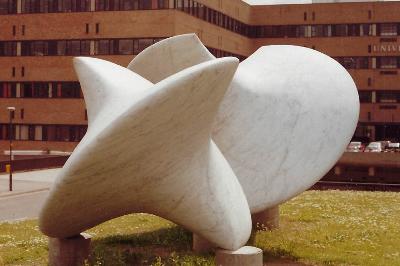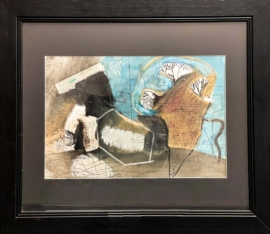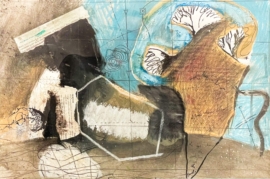Alexander
Alexander, a British artist born on February 23, 1927, in Westminster, London, built a career spanning over fifty years across three continents. Known solely by his surname, he explored a wide range of media and styles, working in disciplines that included sculpture, bronze casting, oil painting, and cutting-edge formats such as holography. His approach was often experimental, even futuristic.
One of his most notable works, the Great Tower at Rutland Waters in Leicestershire, England, stood 33 feet tall and was the largest bronze sculpture in the world at the time of its installation. In addition to pioneering large-scale holographic art, Alexander made history in 1986 by creating, producing, and scoring the world’s first holographic film viewable without the need for anaglyph or polarised 3D glasses.
Alexander consistently blended media in ways that were both unexpected and thought-provoking. His work often juxtaposed techniques traditionally seen as incompatible, creating pieces that were at once disorienting and compelling in their intentional lack of seamlessness. While his roots lie in European abstraction and its high-modernist ideals, his practice long challenged the boundaries of contemporary art.
Often described as a neo-expressionist, Alexander operated at — and sometimes beyond — the leading edge of conceptual art. His work resisted easy categorisation, frequently defying audience expectations. Though the art world claims to crave innovation, Alexander’s bold approach provoked and challenged those very desires.
Alexander died in 2023.



 Alexander
Alexander


 Nicolas Granger-Taylor
Nicolas Granger-Taylor Ed Lambert
Ed Lambert